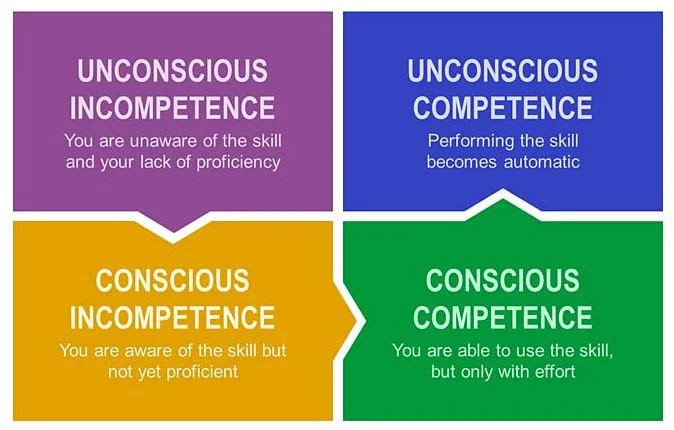Dysfunctional Breathing and How it Impacts every Aspect of your Health
Breathing is the most essential element of the human body. We must have oxygen to run our system, if we don’t, we will die. This puts breath at the top of the list when it comes to our health. Dysfunctional breathing has a negative impact on every system in our body. “Dysfunctional breathing” is when our breathing exceeds the metabolic demands of our body or, to further simplify this, breathing more than our body needs or requires.
When explaining this to my clients, I am frequently asked: Why does this happen? Shouldn’t our bodies know how to breathe properly? As a result of our modern lifestyles, movement and breathing patterns break down. Similar to movement, while we still have the ability to function (i.e. breath), we are breathing to survive, not thrive.
Dysfunctional breathing patterns will leave you in a suboptimal state. Once you learn functional breathing patterns intended to increase your operating capacity, you will quickly realize that you were operating at a percentage that was far below your optimal capacity.
In addition to the everyday stresses that we deal with in life, dysfunctional breathing patterns increase stressors in our bodies. When we aren’t breathing properly, we reduce carbon dioxide in the blood, impairing the release of oxygen from our red blood cells and leading to constriction in our airways and blood vessels. As a result, this adversely affects blood ph levels and reduces oxygenation to our muscles and organs, including the heart and brain.
As you can see in the flow chart below taken from “Recognizing and Treating Breathing Disorders” by Dr. Leon Chaitow, dysfunctional breathing can initiate a cascade of negative consequences throughout our bodies.
As our body releases stress hormones such as cortisol, our heart rate increases, posture deteriorates, sweating increases, blood vessels constrict, and we become flustered. All of this results in a negative feedback loop where the symptoms of dysfunctional breathing cause increased anxiety and respiration rate.
Common symptoms of dysfunctional breathing include:
Dizziness/lightheadedness/fainting during or after exertion
Headaches
Tightness in the shoulders, neck, and chest
Anxiety, fear, worry
Low back pain
Heart palpitations, tachycardia
Heartburn, abdominal discomfort
Limited sports performance
Cramping in calves, hands, or feet
Brain fog, lethargy
Poor breathing patterns have harmful effects on our mind and body. We will feel run down and our performance in our professional and personal life, physically and mentally, will suffer. If any of these symptoms are impacting you, I encourage you to incorporate a breath practice that teaches you proper breathing mechanics. As you go throughout the day, remain mindful of your breathing. Are you breathing with your mouth? Are you breathing mainly into your upper chest? If you are, it is ok. These problems can be fixed if you are willing to work on it.
Here is an exercise you can incorporate into your daily routine that I frequently recommend to my clients:
Use a tape measure, string, or even a phone charger and wrap it around your ribs (near your abs and below the sternum) holding the cord in both hands.
Inhale through your nose and try to expand your ribs horizontally. You should feel your belly fill up and your ribs expand the cord.
Then, exhale out of your nose, contracting your belly and ribs. The cord should contract with it.
Try 5-10 breaths to see how it feels.
Call to Action
At Symmetry, we can develop an individualized plan to help you improve your aerobic efficiency and capacity, improve your breathing mechanics and your recovery, please contact us through our website www.symmetry.live to achieve your goals. We have also created an Introduction to Breath downloadable program that will help you become more efficient using oxygen, better handle stress and improve your sleep. You can purchase it here.








